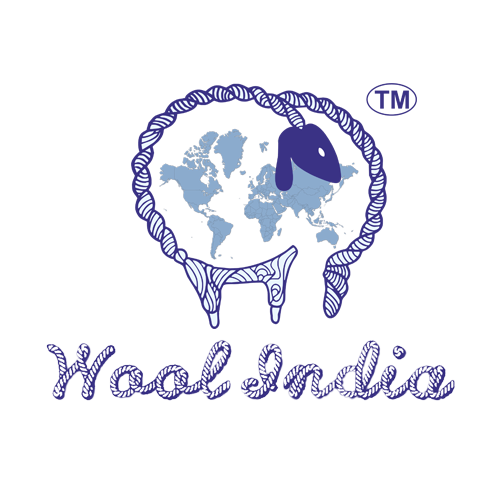Why Wool
Natural, Renewable and Sustainable
- Grown naturally on sheep that graze freely, wool is both 100% Natural and fully Sustainable
- Sheep grow wool continuously and can be shorn every 9-12 months, making wool rapidly and readily renewable.
- As long as there is grass for sheep to eat, wool can be produced, in contrast to synthetic fibres which require oil and refineries, a non renewable resource for man-made fibre production.
100% Biodegradable
- Wool is made from keratin, a tough insoluble natural protein with a unique structure and in its pure form will decompose without causing harm to the earth.
- At the end of its life, if kept warm and wet, or buried in soil, 100% wool will biodegrade releasing valuable plant nutrients such as nitrogen, sulphur, carbon dioxide and water.
Energy Efficient Manufacturing
- Wool production has advanced with new technology allowing control and management of environmental considerations. These include improvements in Energy efficiency, Heat recovery, Water recycling, Waste recycling and composting.
- The Energy Reduction in Wool Manufacturing helps to minimize carbon dioxide emissions and green house gases. Harvesting wool uses less energy than it takes to make fossil-fuel dependent synthetic fibre.
PHYSICAL CHARACTERISTICS
Strength
- Wool’s chemical structure is linked together in a spiral shaped chain (crimp), making it strong and flexible.
Elasticity
- Elasticity is the ability of wool to return to its original form after having been forced out of shape by pressure.
- A single strand can be stretched and compressed many thousands of times and retain its original shape, making wool furnishings, fabrics and particularly carpets, a great choice for lasting appearance.
Long Lasting
- Wool is one of the most durable fibres and retains its good appearance for many years.
- In carpet, the natural crimp and elasticity of wool endures constant wear and compression, while wool’s bulk resists crushing and matting providing for better appearance retention and resulting in less frequent replacement and waste.
COMfort
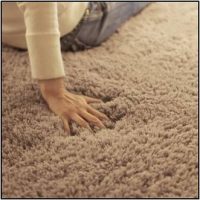
Comfort & Safety
- Soft and luxurious for super comfort. n Naturally resists static build up due to its high moisture content.
- Wool flooring is slip free and cushions fall, preventing children and the elderly against serious injury.
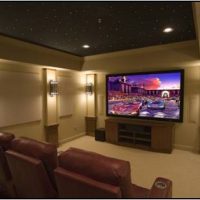
Noise Absorbing
- Room-to-room sound and noise levels between floors are reduced with wool flooring.
Limits the transfer of vibrations and noise through floors, doors and walls.
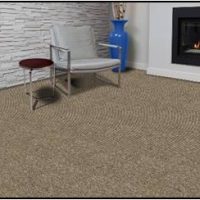
Regulates Humidity
- Wool has a natural ability to regulate the humidity of an interior space because it ‘breathes’.
- Wool naturally absorbs moisture when the atmosphere is damp, and releases it when the atmosphere is dry, creating a more comfortable interior.
INTERNAL ENVIRONMENT

Soil Resistant
- Wool’s natural oils, and scaled structure keep dust and dirt from penetrating into the fibre.
- Releases soiling more easily, making surface easier to clean and maintain.
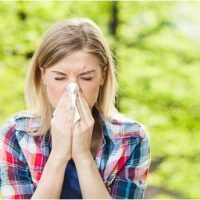
Hypoallergenic
- Wool contributes to a healthier indoor environment by helping remove pollutants and allergens from the air and temporarily trapping dust and allergens which can aggravate allergies.
- Wool does not promote the growth of dust mites or bacteria or give off harmful emissions..
OTHER CHARACTERISTICS
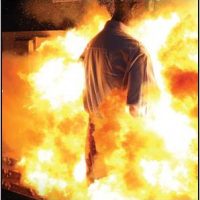
Flame Resistant
- Wool is considered one of the safest fibres for flooring and fabrics as it naturally resists fire:
- Difficult to ignite due to high water and nitrogen content.
- Does not melt, drip or emit noxious fumes.
- Low flame spread, Burns slowly, Self-extinguishes.

Liquid Repellency
- The scales on the outside of wool fibre cause liquids to bead up and stay on the surface helping to keep wool stain free.
- Keeps accidental spills on the surface for quicker, easier clean up. Quicker clean up leads to less chance of developing a permanent stain.
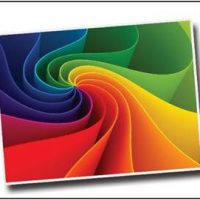
Color & Style
- Wool takes and retains dye in the centre of the fibre enabling it to hold and maintain rich and complex coloration without deterioration.
- This asset provides better value over time than other fibres, making it a worthwhile investment.
